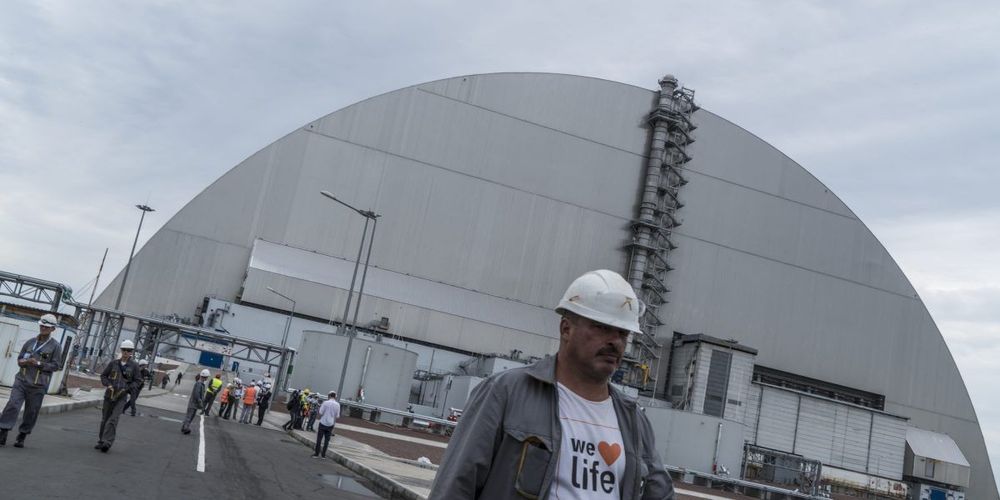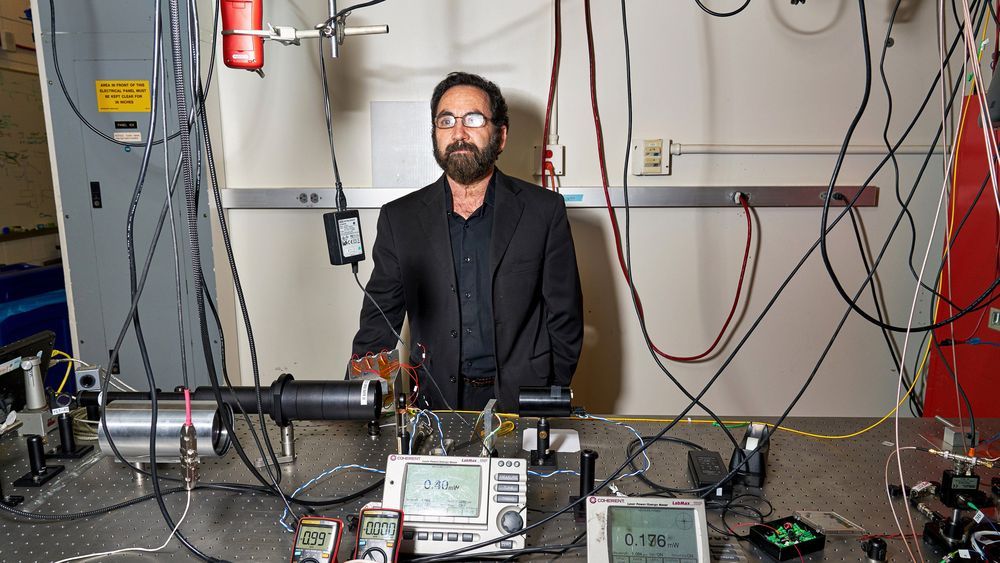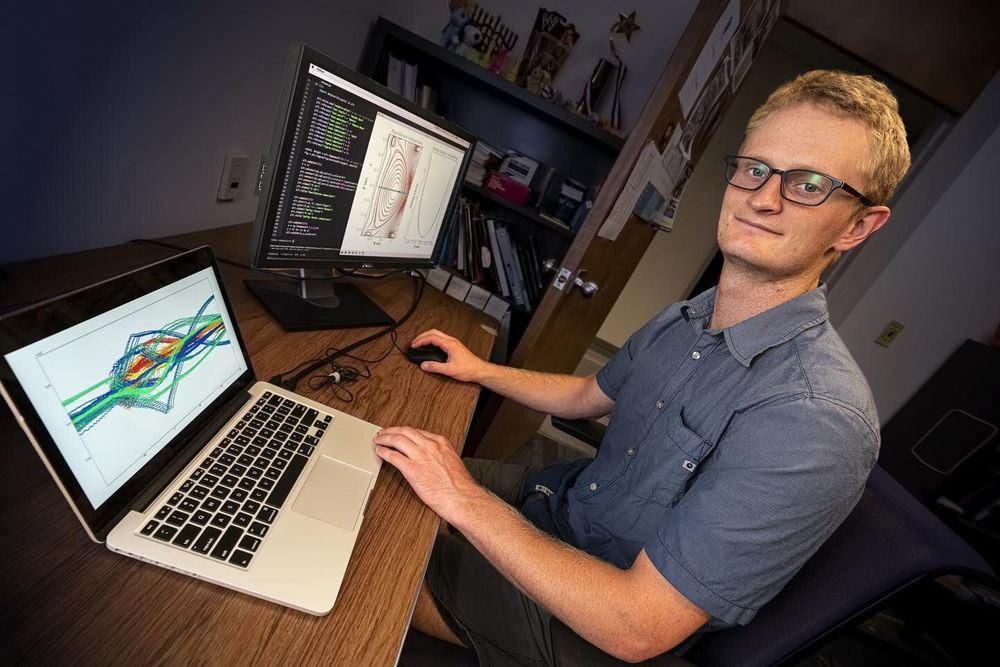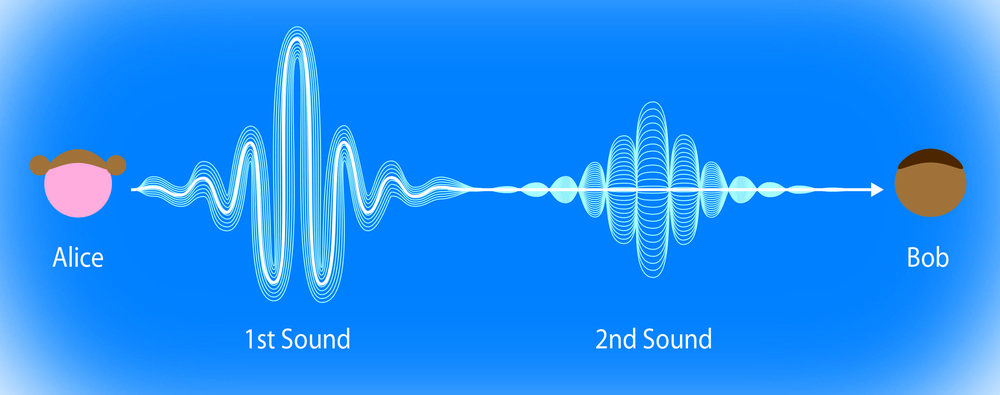Jul 12, 2019
Chernobyl Nuclear Reactor That Devastated the Region Is Finally Sealed—33 Years After the Explosion
Posted by Quinn Sena in categories: finance, nuclear energy
To finance the containment structure, the EBRD managed a fund with contributions from 45 countries, the European Union, and the bank’s own resources. Ukraine contributed 100 million euros (about $112 million).
Deputy project manager Victor Zalizetskyi, who has been part of construction and repairs at the Chernobyl plant since 1987, said he was “filled with pride” that he got to work on a job “that has such a big importance for all humankind.”
However, Zalizetskyi expressed concern in an interview last week that war-torn Ukraine might struggle to cover the maintenance costs for the reactor’s new enclosure. He noted that costly and complicated work such as dismantling unstable sections of the power plant still needs to be done.

















